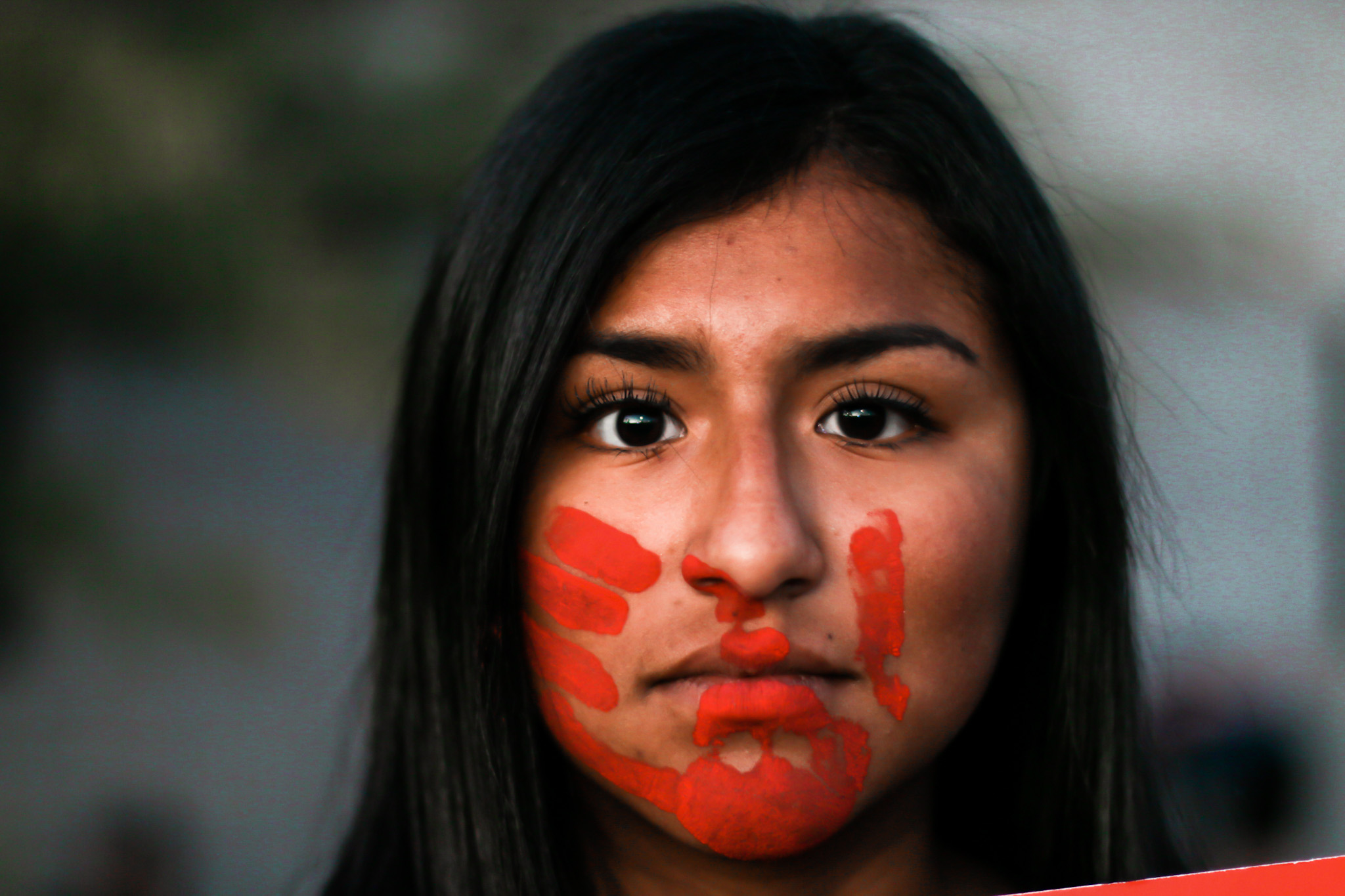November is Native American Heritage Month and Arizona State University is raising awareness for missing and murdered Indigenous people while also trying to combat the crisis.
Arizona is home to 22 federally recognized tribes and is one of the many states at the center of the crisis. Homicide is the fourth-leading cause of death for Native American women between ages 1 to 19 and the sixth-leading cause of death for ages 20 to 44, according to a 2017 report from the Centers For Disease Control and Prevention.
ASU is trying to change those odds with its Research on Violent Victimization (ROVV) lab team. The ROVV lab team collects data and studies the extent of missing and murdered Indigenous people.
The ROVV lab also partners with the ASU School of Criminology and Criminal Justice and American Indian Projects to contribute to the state effort of missing and murdered Indigenous people.
READ ALSO: Here’s how Ramona Farms is keeping Native American culture alive
Katonya Begay, an ASU graduate student on the ROVV lab team and a member of the Navajo Tribe, said that the lack of data has been a barrier for most Indigenous families for finding loved ones.
“We are hoping with this lab that we can collect more data and figure out what works and what doesn’t work,” Begay said.
Recently, the ROVV lab team found that most missing and murdered Indigenous people’s cases were in Phoenix, Tucson and Flagstaff. This raised concerns for the team since all three cities are home to Arizona’s top public universities.
“We want to see what college students know about Indigenous communities and if they were aware of the crisis,” said Begay.
Currently, the lab team is trying to connect with Northern Arizona University and the University of Arizona to further their investigations.
Arizona has the third-highest number of missing and murdered Indigenous women and girls in the country, according to a 2017 study from the Urban Indian Health Institute.
In 2019 Gov. Doug Ducey signed into law HB2570, which establishes a task force of the state, county and tribal officials to collect data to investigate missing and murdered Indigenous women.
However, data is not the only barrier. Begay said mistrust in the criminal justice system is also another factor in helping Indigenous people reconnect with their families.
“We still need the data but we also need that protective component for families,” Begay said.
High rates of racial injustice and conflicts with police contribute to a lack of trust between tribes and the justice system.
“If you don’t have trust or a partnership with Native people it’s going to be hard to go into these communities and get what you need from them, and a lot of times law enforcement approaches Native communities, not in a relational way and Native communities are reluctant. They approach it from a westernized Eurocentric perspective,” Begay said.
Another barrier that Native Americans face is the lack of media coverage on missing and murdered Indigenous people or in general.
In the wake of the murder of Gabby Petito, many people of color felt that they had seen the same story. People call it “missing white woman syndrome,” where middle or upper-class white women will go missing and gain an abundance of media coverage.
There is no question that what happened to Petito was a tragedy but many women of color wonder if they will ever get the same support or coverage, especially Native American women.
“I am an Indigenous woman and what would happen if this happened to me? Would I get this national coverage?” Begay said
Tyler Shea Allen, ASU’s Downtown Campus Student Vice-Chair and Marketing Chair for ASU’s Native American Heritage Month committee said most of the time Indigenous families are reluctant to talk to the media.
“These families are not very familiar with working with the press or working with local news outlets and may either not be interested or feel intimated by the entire process so it doesn’t get the amount of news coverage other communities receive,” Allen said.
Allen said she has noticed more missing Indigenous people get the coverage they deserve but it is not enough.
The Native American Heritage Month committee at ASU is trying to promote change and awareness by asking students to wear red on Wednesdays to support Missing and Murdered Indigenous Women and Girls (MMIWG). Wearing the color red represents the missing spirits of women and children so they can rest, according to Native Women’s Wilderness.
“It is important to make sure that inside and outside of the Native American community, people understand how much of a problem this is,” Allen said.




